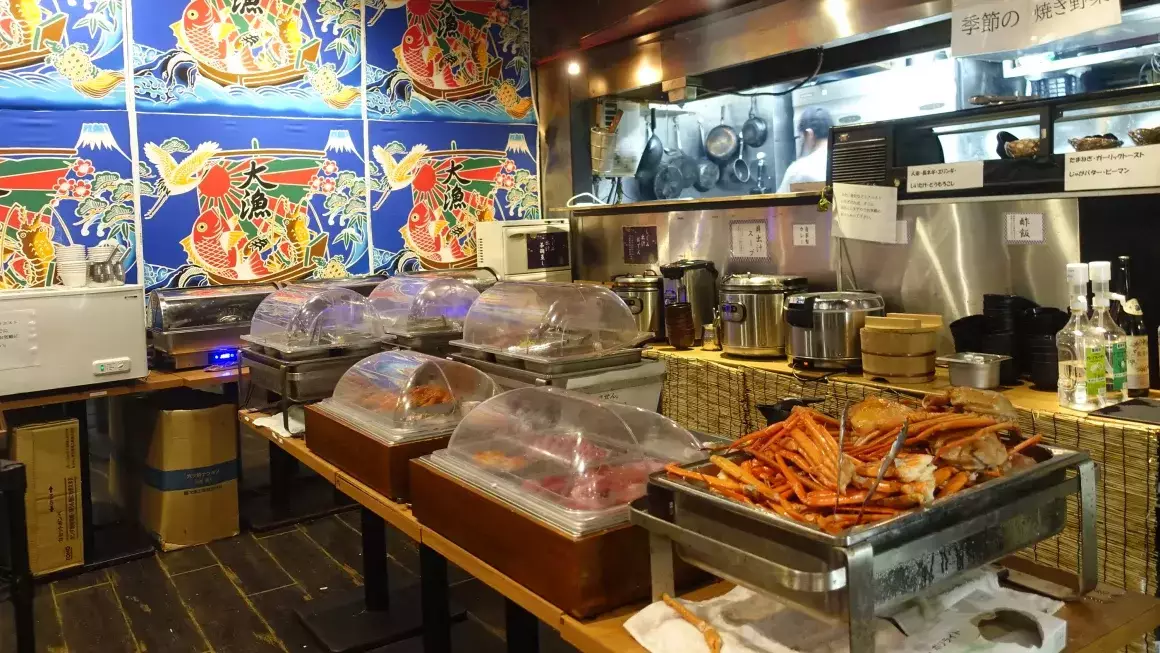In recent years, the dynamics of tourism in Japan have undergone a significant transformation, spurred largely by changing global trends and economic factors. As Japan has reopened its doors to international visitors post-pandemic, the surge in tourists has prompted new discussions around pricing strategies in the hospitality sector. A growing phenomenon now being observed is differential pricing, a strategy that raises essential questions about fairness, sustainability, and the preservation of local culture.
Differential pricing, often considered a solution to overtourism, involves charging different prices to various customer segments. In Japan, some restaurants and attractions are beginning to embrace this model, directing lower prices towards local residents while imposing higher fees on tourist patrons. This strategy aims to mitigate the impact of rising tourist numbers, ensuring that loyal customers can still access services without being priced out by a growing influx of visitors.
Shogo Yonemitsu, for instance, owns a seafood grill in Shibuya, Tokyo, where he offers a discount to locals. Yonemitsu defends this strategy not as a discrimination against tourists but as a necessary measure to cover operational costs and maintain service quality. The rationale behind differential pricing rests on the notion that when tourists flood a market, they can inadvertently shift the financial balance that local businesses must maintain to serve both visitors and their regular clientele effectively.
Japan’s weakening yen has attracted a record number of tourists, with recent statistics indicating that visitor arrivals reached an unprecedented 17.78 million in the initial half of 2024. This influx is poised to surpass pre-pandemic levels, leading to unprecedented challenges for businesses that must now adapt to meet the increased demand without compromising quality.
In response to the challenges posed by overpopulation in certain hotspots, various regions have begun experimenting with strategies such as imposing caps on tourist numbers and even establishing taxes aimed at visitors. Such measures could be viewed as necessary interventions to sustain local environments and cultures that tourists seek to experience. However, these strategies may inadvertently alienate visitors and raise concerns regarding the accessibility of local culture.
For many businesses, the influx of tourists necessitates additional operational adjustments. As Yonemitsu notes, the need for English-speaking staff has become vital for smooth interactions. Such logistical challenges can lead to strains on local resources, particularly as Japanese proficiency in English can vary significantly. The burden of communication thereby places extra stress on both the service providers and their customers, highlighting the necessity of a balanced approach to tourism management.
Furthermore, while it is arguably reasonable for businesses to protect their local clientele through pricing strategies, a delicate line must be treaded. A surge in foreign visitors could lead to cultural dilution rather than enhancement if local identities are overshadowed by the demands of the tourism market.
Differential pricing is not unique to Japan; indeed, it is a common practice in various global tourist destinations. Residents often enjoy lower prices, while tourists face a premium. However, the execution of such practices is typically stipulated by local regulations, as seen in cities like Venice, where authorities have initiated entry fees to manage tourism levels.
In contrast, Japan’s approach has so far been largely decentralized, allowing businesses to individually determine the extent to which they engage in differential pricing. This lack of regulation raises questions about the sustainability of such strategies and whether they can effectively manage the delicate balance between accommodating tourists and protecting local economies.
Interestingly, many travelers, such as Phoebe Lee, express a willingness to absorb additional costs associated with accessing local experiences, especially if the revenue supports community businesses and cultural preservation. This sentiment underlines a broader trend where tourists are becoming more conscious of their impact on host communities, seeking to engage with local economies meaningfully.
As Japan navigates this complex landscape, the need for dialogue between local businesses, tourists, and policymakers has never been more crucial. The concepts of respect, heritage, and sustainable tourism will be paramount as the nation adjusts to new realities induced by the pandemic, the global economy, and shifting travel behaviors. Only through collective efforts can Japan ensure a tourism model that honors its rich cultural tapestry while embracing the benefits that a diverse array of visitors can bring.

